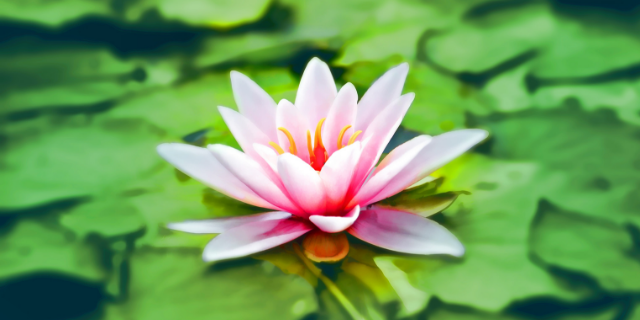
Credit: www.pixabay.com
Many eastern religions have used the lotus flower as a spiritual symbol. This beautiful flower grows in water; it’s rooted in the muddy bottoms of ponds and streams, and on the surface of the water blooms the lotus.
The germination of the lotus is often used as an analogy in religion. Humans can aspire to this ideal of being grounded or rooted to the earth and through self-cultivation, rise to the surface and emerge into full bloom as the flawless lotus flower.
In a Yoga class, we may refer to the lotus flower as a new beginning and that through a Yoga practice one can ‘blossom’ from the darkest of places, like the muddy and murky waters of a pond.
If the teacher is leading a ‘heart opening’ class with a focus on the Anahata Chakra, you’ll find yourself doing poses such as Bow Pose (Dhanurasana) or Camel Pose (Ustrasana) that will open the heart, expand the chest and lengthen your posture. The closed lotus bloom is a metaphor for the heart and when the petals open to full bloom, it’s as if to say our own hearts have opened to receive all the universe has to offer.
The Anahata Chakra is symbolised by a lotus flower with 12 petals and at the center there is an intersection of two triangles which represents the union of male and female, or Shiva and Shakti.
Symbolism and religion aside, the lotus flower is a beauty to behold and a gift from Mother Nature.
